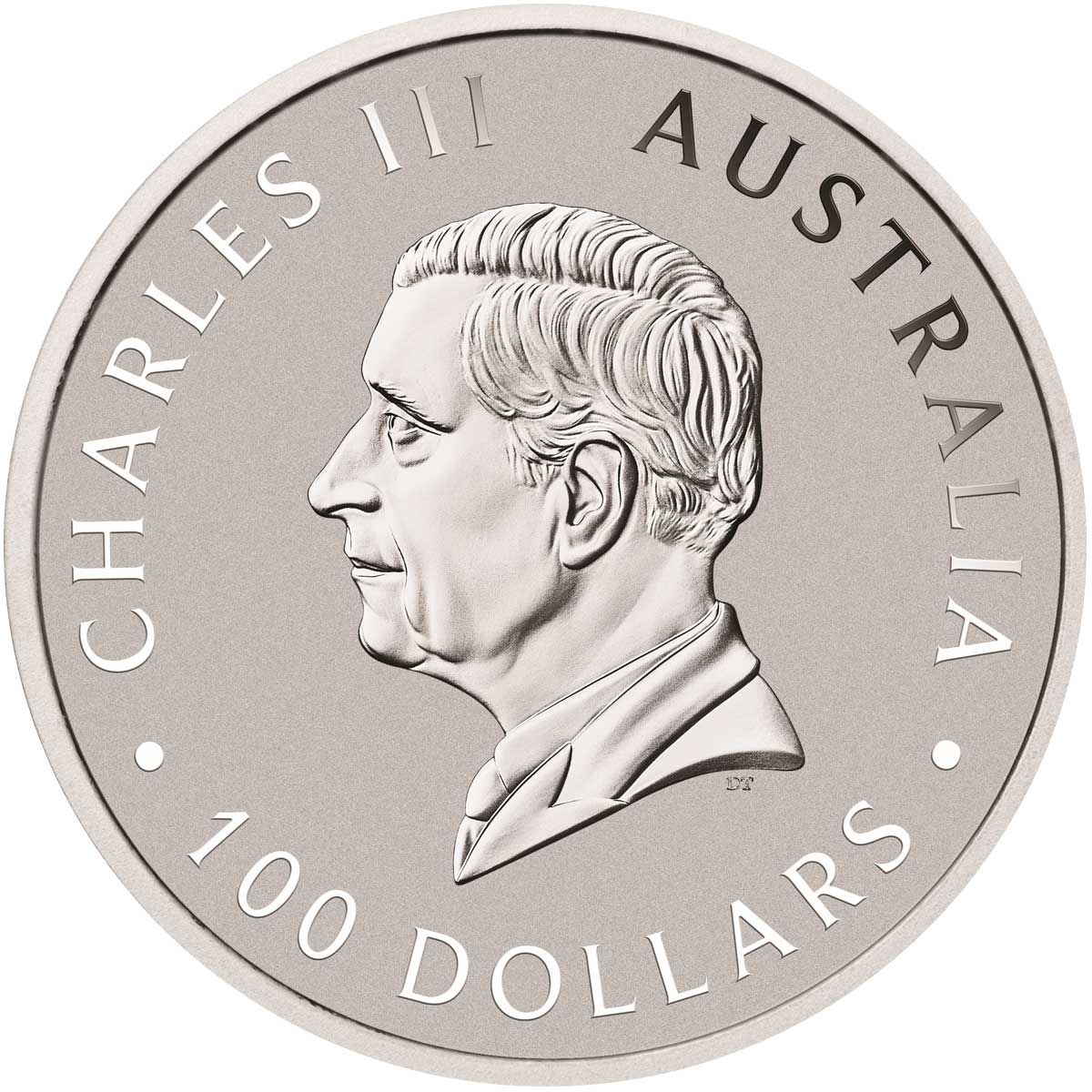The Perth Mint celebrates its 125th anniversary with a numismatic homage to the three Antipodean creatures that have helped define it
For all its innovations over the years, and there’ve been many, the first thing that springs to mind when you mention the Perth Mint are their iconic bullion coins. The mint was set up in 1899 by the Royal Mint, to produce circulating coinage for Western Australia, and to handle the large quantities of gold discovered during the region’s gold rush. The mint struck 106 million gold sovereigns until 1931, when Britain abandoned the gold standard.
In 1970, the mint was bought from the UK by the WA government, and in 1987, the mint was given the right to strike legal tender coinage for sale worldwide. It currently holds the record for the largest gold coin ever made, weighing a staggering 1,012 kg. It embarked on a programme of bullion coins, offering several ranges, each with an annually changing design. The most famous of them are the Lunar Series, the Kangaroo, the Koala, and the Kookaburra, the latter three of which inspired this new release.
Designed by Jennifer McKenna, the 125th anniversary coin features the kangaroo (which debuted in 1986) as the main focal point, with a koala (2007) to the left, and a kookaburra (1990) to the right. The latter pair are perched on branches of golden wattle, an acacia, the flower of which is Australia’s national floral emblem. The design gets the anniversary across to collectors perfectly, and there’s a ‘P125’ mintmark to top it off.
The obverse is an effigy of King Charles III by Dan Thorne, and the proof coins come nicely boxed, and with a Certificate of Authenticity. At present, there are one-ounce silver, and one-ounce gold variants, although knowing the Perth Mint, there may be others available at a later date. A fine celebration of one of the world’s most popular mints, and one collectors everywhere will want to commemorate. All variants, including the bullion we look at further down, will be available to buy from 9th April. If you can make it down to the mint store in Perth for 8:30am, they will be selling low certificate numbers (2-20 gold, 5-200 silver).
The bullion design is, apart from the finish of course, identical. These follow the mints trend of having a ‘reverse-proof’ type finish, whereby the raised relief has a mirror finish, and the background is matte. Some prefer this look, some don’t, but it’s an easy way to differentiate between the two types. Cost is the other, and you’ll likely to be able to pick up three silver coins for the price of a single proof. Different markets.
One another big difference is the addition of a third one-ounce variant to the range. Platinum was once the king of precious metals, priced well above gold. In 2005, it sold at around double the price of gold, yet now, it sits at well short of half golds current level. Even palladium costs more, and platinum used to sell at five times its price at that time. It still has its fans, however, and platinum remains a part of the current bullion market at many mints. The mintage of just 5,000 pieces is an attractive enticement compared to the 25,000 gold coins to be struck,
| DENOMINATION | COMPOSITION | DIAMETER | FINISH | MINTAGE |
| $1 AUD (Australia) | 31.1 g of 0.9999 silver | 40.9 mm | BU | 150,000 |
| $1 AUD (Australia) | 31.1 g of 0.9999 silver | 40.9 mm | Proof | 7,500 |
| $100 AUD (Australia) | 31.1 g of 0.9999 gold | 32.6 mm | BU | 25,000 |
| $100 AUD (Australia) | 31.1 g of 0.9999 gold | 32.6 mm | Proof | 500 |
| $100 AUD (Australia) | 31.1 g of 0.9995 platinum | 32.6 mm | BU | 5,000 |













“The mintage of just 5,000 pieces is an attractive enticement compared to the 25,000 gold coins to be struck,”
Sorry, looks like the end of the sentence is missing 😉